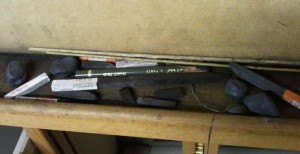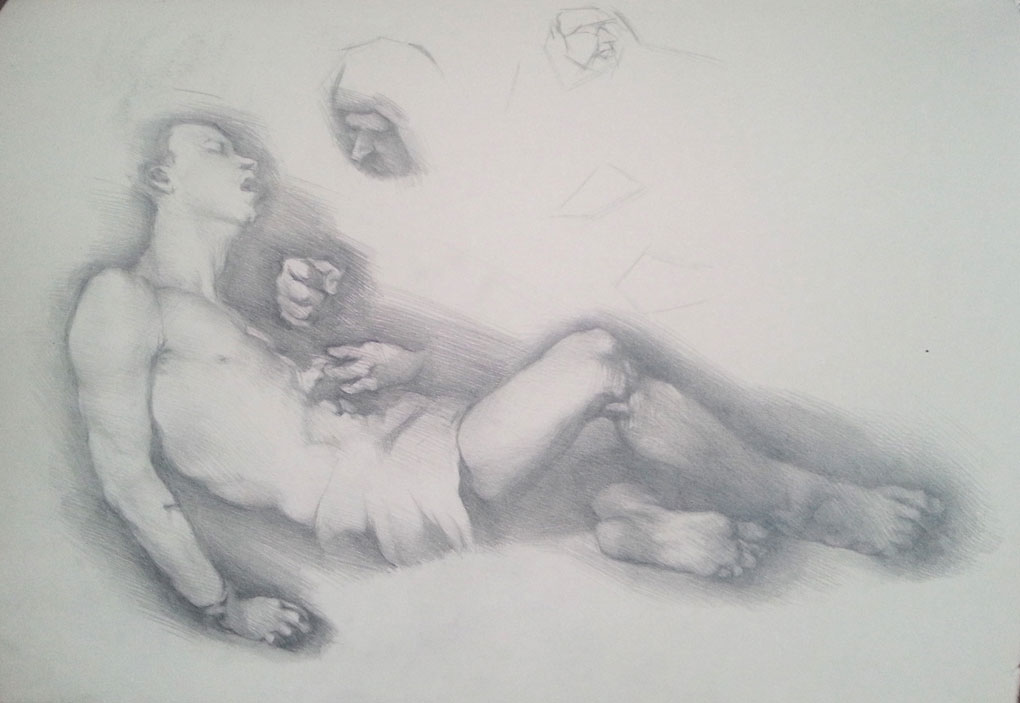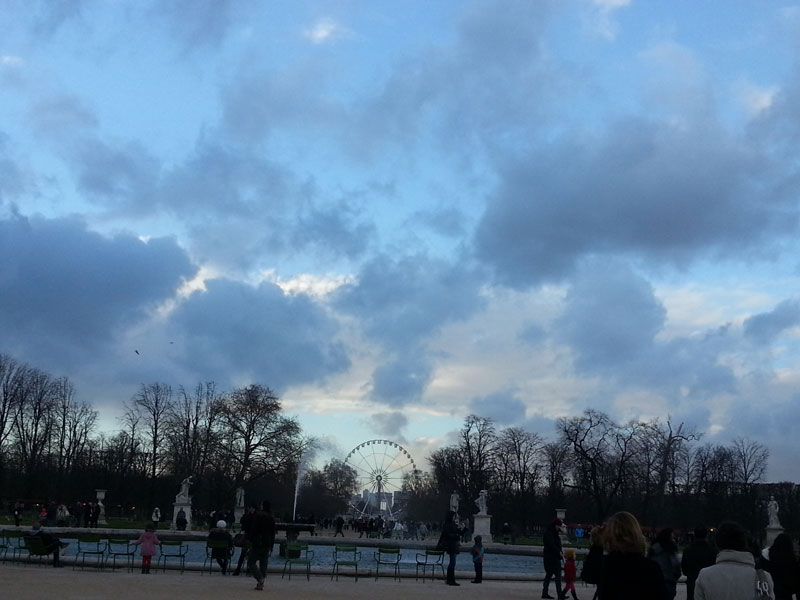 I’m going to the London Atelier – LARA: The London Atelier of Representation Arts. I spent 5 weeks there at LARA summer school which was totally amazing. I did just 5 drawings: 3 cast drawings and 2 figure drawings. Yes, 5 drawings in as many weeks. I’ve found it hard to explain what the atelier is all about when people ask me what I’m up to at the moment. So what follows is a very brief over view of what it’s all about and why I want to go back.
I’m going to the London Atelier – LARA: The London Atelier of Representation Arts. I spent 5 weeks there at LARA summer school which was totally amazing. I did just 5 drawings: 3 cast drawings and 2 figure drawings. Yes, 5 drawings in as many weeks. I’ve found it hard to explain what the atelier is all about when people ask me what I’m up to at the moment. So what follows is a very brief over view of what it’s all about and why I want to go back.
What its all about
The atelier movement is based on the traditional methods of training artists, as used since the days of the old masters. In a studio environment students work through a series of carefully graded exercises, each designed with specific goal. Students make careful and accurate drawings of plaster casts and from the life model under the supervision of tutors who have themselves trained in an atelier.
The Secrets of Seeing
What it comes down to is that LARA can teach me things that no-one else (possibly excepting other ateliers) can. I want to learn these things. They are not exactly secrets, in that I could relay everything that is told to me. But out of context this knowledge probably would not be helpful. It is the constant stream of epiphanies, ah-ha moments, where the tutors, without apparent effort, are able to radically change how you see.
Animal Shapes Effect
One example of this I am going to call the ‘animal shapes effect’. It is especially relevant to cast drawing when you are looking to replicate specific shapes of light or tone which appear in your cast. Seeing these shapes as animal shapes gives an immediate frame of reference for judging their accuracy. Instead of a complex and somewhat amorphous shape there is now, say, a rabbits head; are it’s ears the correct width on your drawing?
Learning to see
There are many techniques like this, as well as other more formalised techniques and approaches; such as the compression of values. Many of these techniques are known but seem to be poorly understood and/or under-utilised outside the ateliers. What they are really trying to teach is ‘how to see’. This sounds pretty simple – it’s not. It’s more or less an ongoing battle with how your eye and brain work.
The trained eye
The tutors are the backbone of the atelier system because they can see. I found their accuracy astonishing at first, when the tutor would come around and say, no, your drawing is too wide, or this or that shape is too round or whatever it is. How could they see so accurately, so quickly? The short answer of course is that they were all atelier trained.
Their work is a reflection of this. I was amazed, I thought no-one had drawn like that since the 17th century. That’s not to say that it is necessarily traditionalist. There is after all a big difference between tradition and traditionalism.
Learning a tradition
Tradition is important. Not necessarily for it’s own sake but because of the generations of time it would take to get to that level of skill again if we had to begin again from scratch. In science the idea of ‘standing on shoulders of giants’ is well understood and much appreciated. It’s the same in art.
The ateliers were and are the studios of the masters, there is a well established atelier lineage, dating back to the old masters.This is my chance to be a part of that lineage.





I loved reading your of your experience of being at Lara. I am coming to the end of a six week stint in at the Florence academy ,which sounds very similar to Lara,and you have summarised perfectly the atelier experience. It was just so nice to read- thank you!
Krystyna